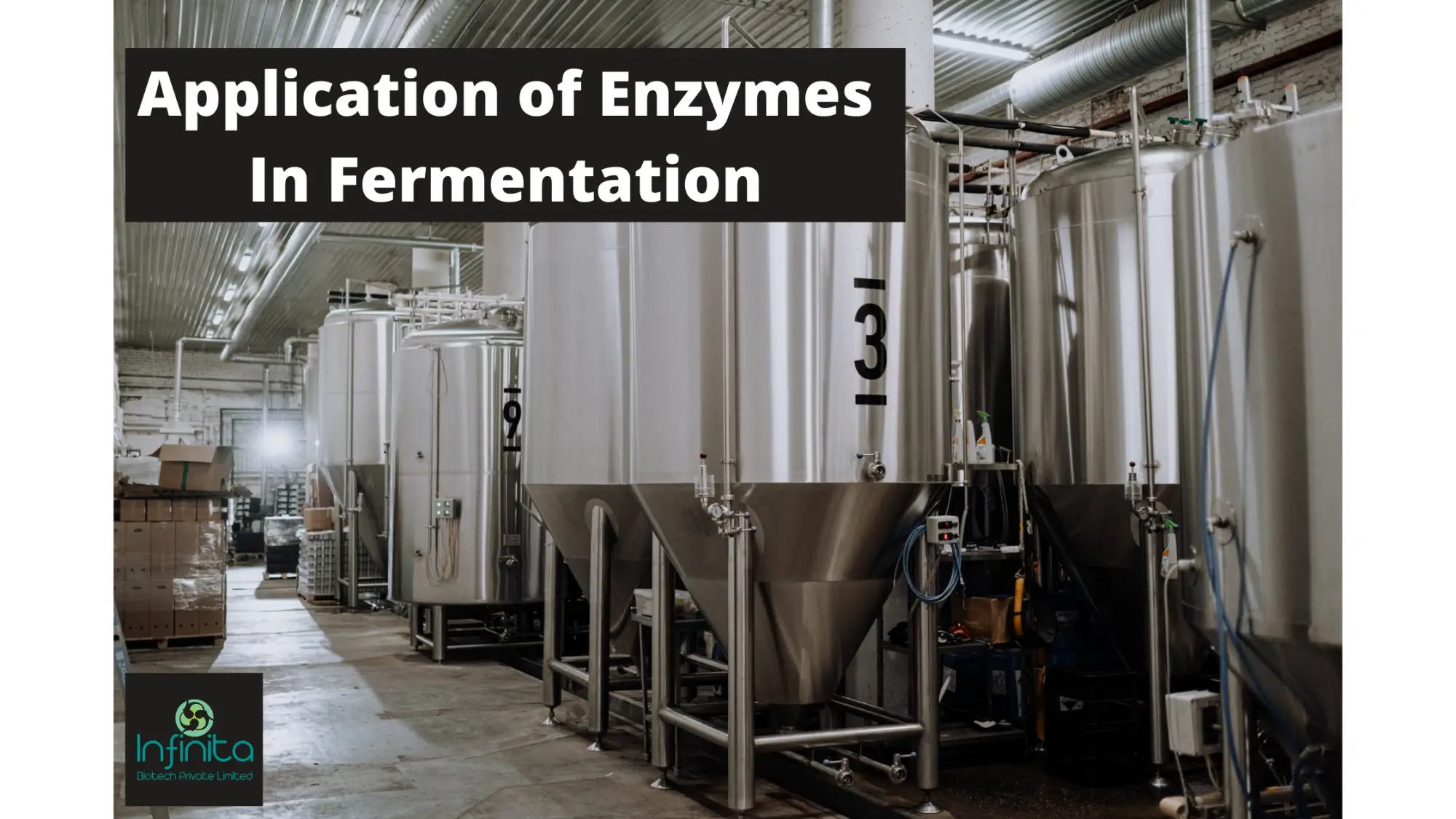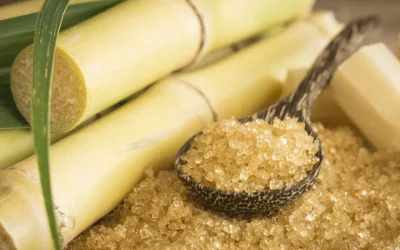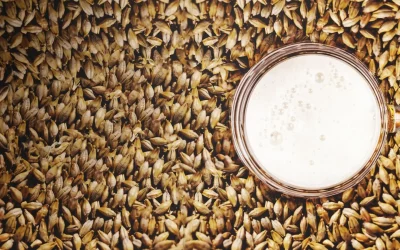Amylases are a class of enzymes that have a wide range of applications in the textile, brewing, food, pharmaceutical, and detergent industries. They are the enzymes that break down glycogen or starch. Amylases can be derived from different sources like microbes, plants, and animals. However, the major advantage of using microbes to produce amylase is their economical bulk production capacity. Also, microorganisms are easy to manipulate to get enzymes having specific characteristics. Microbial amylases have a huge industrial demand and a huge number of them are commercially available, especially for several fermentation processes.
Lipases are amongst the highly commercialized enzymes, having a vital role in industrial applications like the paper and pulp industry, pharmaceutical industry, detergent industry, dairy and bakery foods, oils, fats, and biodiesel production. Microbial lipases are promising in terms of availability and productivity because of their broad substrate specificity, selectivity, and stability. Amongst all the different sources of lipases, fungi are known to be the best enzyme producer and are also useful in several industrial applications.
Are enzymes used in fermentation?
An enzyme is a protein synthesized in the form of intra and extracellular compounds. They catalyze and energize biochemical reactions with higher specificity and help in enhancing the rate of reaction.
Enzymes that are commercially available now are comparatively at an economic price than the chemical processes. Proteases are amongst the most important industrial enzymes, accounting for about 60% of the total sale of enzymes. The majority of the uses of proteases include meat processing, dry cleaning, cheese making, recovery of silver from photographic films, detergents, and production of digestive, as well as specific medical treatments for virulent wounds and inflammation. A wide range of microorganisms including proteases are commercially available and have almost entirely replaced the chemical starch hydrolysis in the starch processing industry. Also, enzymes are used in the modern wine processing techniques for several biotransformation reactions from pre-fermentation to post-fermentation and aging of wine.
What is Fermentation?
Microbes have been in use in the fermentation of food since ancient times and the process of fermentation is applied in preparing several food items even today. Microbial enzymes play a vital role in the food industries since they are more stable when compared to plant and animal enzymes. They are also produced through the process of fermentation cost-effectively with minimal time and space needs since their process modification, optimization, and consistency are achieved easily. They are used in the detergent industry to remove starch-based stains, and in the paper, industry to reduce the viscosity of starch to coat paper appropriately. Amylases, on the other hand, are used to warp the sizes of textiles. Enzymes such as lipases, proteases, or xylanases have a greater range of applications in the food industry.
Methods of starch processing
Enzymes have been used for the production of food and beverages, like cheese, yogurt, wine, and beer, for thousand of years. Yeast is a type of fungus whose enzymes help to break down glucose into ethanol and carbon without the presence of oxygen.
Glucose ⎯⎯⎯→ Ethanol + Carbon dioxide
C6H12O6 (aq) ⎯⎯⎯→ 2 C2H5OH (aq) + 2 CO2 (g)
This type of reaction that takes place in the absence of oxygen, is known as fermentation.
Fermentation works at its potential when both the glucose solution and yeast are kept warm. Enzymes become ineffective if the temperature is kept too high.
Fermentation is used in the production of alcohol and alcoholic drinks. For stronger alcohols like vodka and whiskey, they need to be distilled after the process of fermentation to increase the ethanol concentration in the fermented mixture. This is because ethanol tends to poison the yeast and makes it stop its working if the concentration gets build up by about 18% by volume.
The fermentation process is also used in the baking industry to make bread dough rise. Once the dough is prepared, it is left to rise in a warmer place before it gets into the oven. This helps to give the enzymes present in the yeast a chance for breaking down sugar and making carbon dioxide.
Enzymes find several applications when it comes to the pharmaceutical, food, paper, and detergent industries. Today, enzyme-based processes and enzymatic hydrolysis are preferred over the chemical processes because enzymes have an environmental-friendly nature, they have a higher yield, processing safety, and lower refining costs. When compared with the plant and animal enzymes, microbial enzymes are produced in a much effective manner through fermentation techniques such as submerged and solid-state and fermentation. It is also much easier to produce microbial enzymes on a larger scale.
Microbial enzymes can also be easily modified through several biochemical and molecular approaches. When the genes of these enzymes are overexpressed, their hyperproduction with a higher specific activity can be achieved. Several of these enzymes having a microbial origin are still not explored and there is a wide range of opportunities to find a huge range of microbial enzymes in industrial applications, especially in the food sector and fermentation of foods and beverages.





